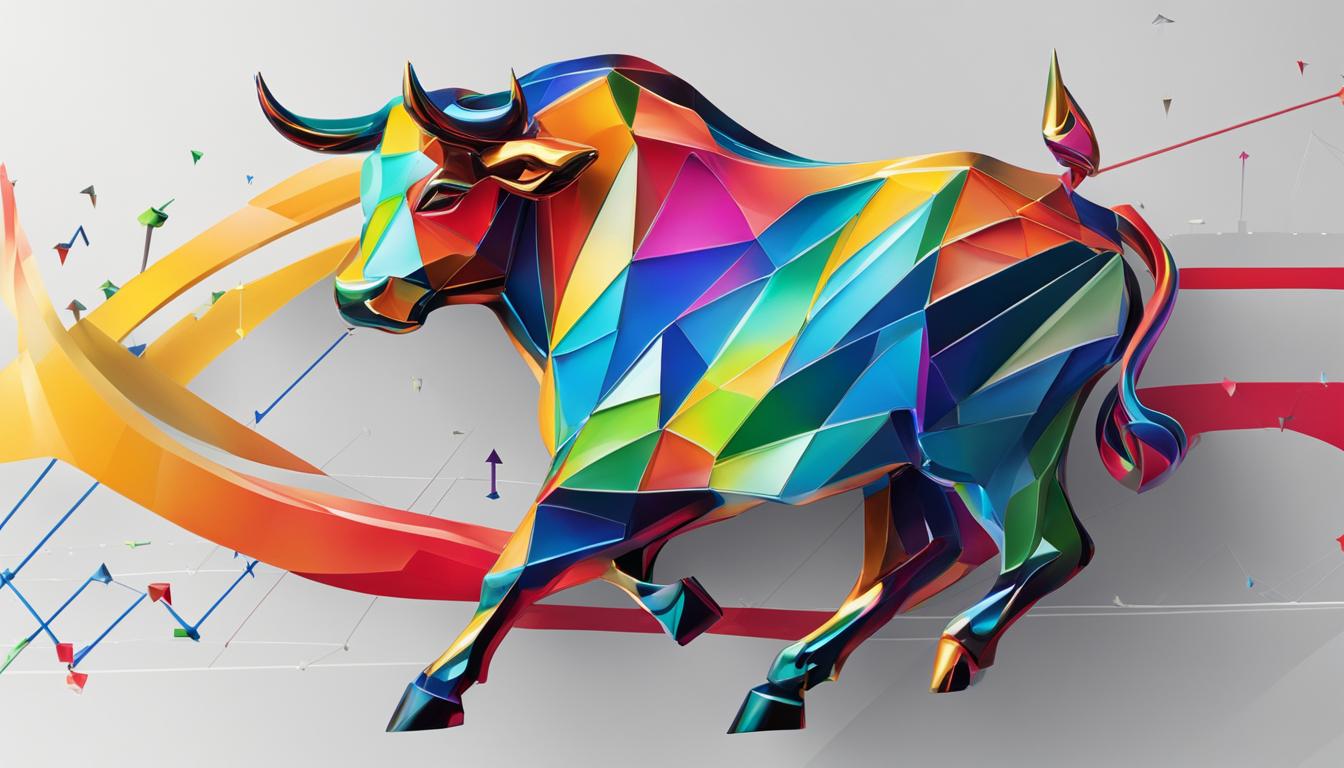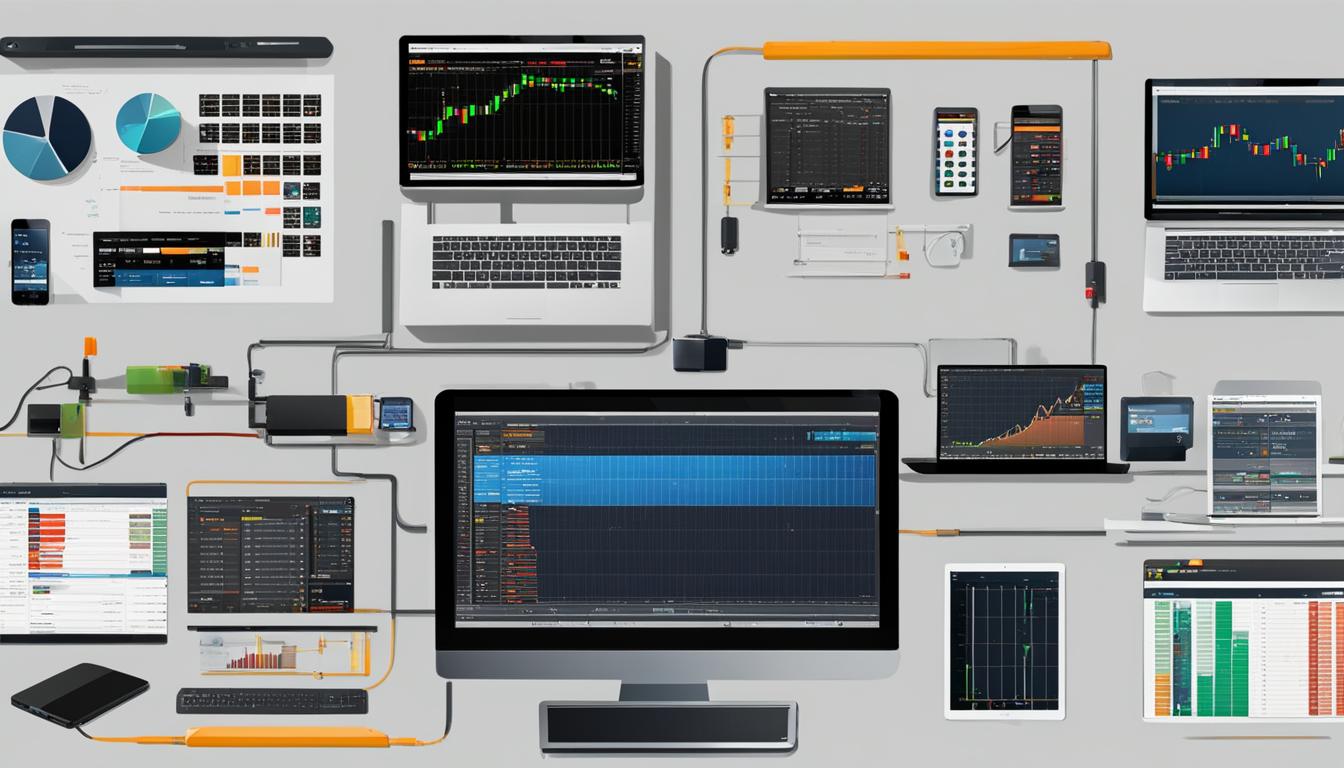From Paper Trading to Real Money Trading: Testing Your Comfort Zone

Paper trading and real money trading are two different approaches to trading in the financial market. Paper trading, also known as simulated trading or virtual trading, involves practicing trading strategies without risking real money. On the other hand, real money trading involves using actual funds to trade in the market.
While paper trading provides a safe environment for beginners to learn and gain confidence in trading, real money trading is essential to fully understand the dynamics of the market and handle the emotional aspects of trading. Transitioning from paper trading to real money trading is an important step for traders to test their skills and strategies in a real-world setting.
In this article, we will explore the advantages of paper trading, the importance of transitioning to real money trading, and provide tips for successful trading with real money. Whether you are a beginner or an experienced trader, understanding the difference between paper trading and real money trading is crucial for your trading success.
Key Takeaways:
- Paper trading allows traders to practice their strategies without risking real money.
- Real money trading is important to understand the dynamics of the market and handle the emotional aspects of trading.
- Transitioning from paper trading to real money trading is necessary to test skills and strategies in a real-world setting.
- Advantages of paper trading include building confidence and developing a solid trading plan.
- Tips for successful real money trading involve practicing, effective portfolio management, and continuous learning.
Advantages of Paper Trading
Paper trading offers several benefits for traders looking to enhance their skills and prepare for real money trading. Let’s explore some of the key advantages of practicing with paper trading:
- Mastering paper trading before real money trading: Paper trading allows traders to gain valuable experience and practice their trading strategies without risking actual funds. It provides a safe and controlled environment to refine their skills and build confidence before transitioning to real money trading.
- Learning to navigate market volatility: The market can be unpredictable, and paper trading provides an opportunity to understand and navigate different market conditions. Traders can simulate various scenarios and learn how to adapt their strategies to handle market volatility effectively.
- Developing a solid trading plan: Paper trading allows traders to test and refine their trading strategies, helping them develop a robust trading plan. It enables traders to identify the strengths and weaknesses of their strategies and make necessary adjustments without risking real money.
- Gaining confidence and emotional control: Trading can be emotionally challenging, especially when real money is at stake. Paper trading helps traders gain confidence in their abilities and develop emotional control. It allows them to experience the ups and downs of trading without the fear of financial loss.
Practicing with paper trading provides traders with a valuable opportunity to gain experience, hone their skills, and develop a solid foundation before venturing into real money trading.
To summarize, paper trading offers traders the chance to master their trading strategies, navigate market volatility, develop a robust trading plan, and gain confidence without the risks associated with real money trading. It is an essential stepping stone for traders looking to succeed in the dynamic world of financial markets.

Importance of Real Money Trading
While paper trading is valuable for building skills and practicing trading strategies, it is equally important for traders to transition to real money trading. Real money trading involves real financial risk and exposes traders to the dynamics of the market. It allows traders to experience the effects of currency exchange rates, the performance of different financial instruments, and the dynamics of the stock market. Real money trading also tests a trader’s ability to manage emotions and make sound decisions under pressure. It is through real money trading that traders can truly understand the complexities and challenges of the market.
“Real money trading provides a hands-on experience that paper trading cannot replicate. It exposes traders to the actual financial risks involved, which is crucial for understanding the true dynamics of the market,” says John Smith, a seasoned trader. “Paper trading is like learning to swim in a pool, while real money trading is diving into the ocean. It’s a step that every trader must take to truly become proficient.”
Understanding the financial risk is essential in real money trading. Traders need to be aware of the potential losses they may incur and manage their risk accordingly. They must develop effective risk management strategies, such as setting stop-loss orders and diversifying their portfolio. Real money trading also allows traders to apply their trading strategies in a live market environment, where the outcomes are real and the stakes are high. This hands-on experience provides valuable insights and feedback that can help traders refine their strategies and improve their performance.
| Factors to Consider in Real Money Trading | Key Points |
|---|---|
| Financial Risk | Real money trading exposes traders to actual financial risk, allowing them to understand the true dynamics of the market. |
| Currency Exchange Rates | Traders can experience the impact of currency exchange rates on their trades and learn to navigate this aspect of the market. |
| Financial Instruments | Real money trading provides an opportunity to trade different financial instruments, such as stocks, options, and futures. |
| Stock Market Dynamics | Traders can gain a deeper understanding of the dynamics of the stock market, including trends, volatility, and market manipulation. |
Overall, real money trading is an essential step for traders to gain the practical experience and knowledge required to succeed in the market. It allows traders to fully grasp the realities of trading, including the potential for financial losses and the psychological challenges that come with it. By transitioning to real money trading, traders can develop their skills, deepen their understanding of the market, and improve their chances of achieving their financial goals.

Tips for Successful Real Money Trading
Transitioning from paper trading to real money trading can be a daunting process, but with the right strategies and mindset, traders can increase their chances of success in the market. Here are some tips to help you navigate the transition:
1. Continuously practice and refine your trading strategies
Even though you may have mastered paper trading, it’s important to continue practicing and refining your strategies when transitioning to real money trading. Consider using simulated trading platforms or live trading with smaller positions to gain confidence and further develop your skills. This will help you adjust to the emotional and psychological challenges that come with real money trading.
2. Focus on effective portfolio management
Managing your portfolio effectively is crucial in real money trading. Diversify your investments across different asset classes to spread out risk and protect your capital. Regularly review and adjust your portfolio to ensure it aligns with your trading goals and risk tolerance. Implementing sound portfolio management practices will help you minimize losses and optimize your returns.
3. Understand the differences between simulated trading and live trading
While paper trading can provide a valuable learning experience, it’s important to recognize the differences between simulated trading and live trading. Real money trading involves real financial risk and the emotions that come with it. Be prepared for the psychological impact of potentially losing money and make adjustments to your strategies accordingly. It’s important to adapt and evolve as a trader to succeed in the dynamic market.
4. Continuously learn and stay informed
The trading landscape is constantly evolving, and it’s important to stay informed about market trends, news, and new trading techniques. Continuously educate yourself by reading books, attending webinars, and following reputable financial sources. This will help you stay ahead of the curve and make informed decisions when trading with real money.
By following these tips and approaching real money trading with discipline and a growth mindset, you can increase your chances of success in the market. Remember that trading is a journey that requires continuous learning and adaptation. Stay committed to refining your skills and strategies, and never stop seeking knowledge.
Paper Trading vs Live Trading: Pros and Cons
When it comes to trading in the financial markets, traders have the option to either paper trade or live trade. Both approaches have their own set of pros and cons, and understanding them is crucial for making informed decisions. Let’s take a closer look at the advantages and disadvantages of each.
The Pros of Paper Trading
- Allows traders to practice and refine their strategies without risking real money.
- Provides a safe learning environment for beginners to gain confidence in their abilities.
- Enables traders to simulate different market conditions and learn how to adapt their strategies accordingly.
- Helps traders develop a solid trading plan and improve their chances of success in the market.
The Cons of Paper Trading
- Lacks the emotional impact and psychological challenges of real money trading.
- Does not expose traders to the potential losses and financial risks of live trading.
- Traders may not experience the same level of discipline and decision-making under real money trading conditions.
- Does not fully prepare traders for the dynamics and challenges of the market.
The Pros of Live Trading
- Exposes traders to real financial risk, providing a true test of their trading skills and strategies.
- Allows traders to experience the emotional aspects of trading, such as fear, greed, and other emotions that can impact decision-making.
- Provides an opportunity to navigate the complexities of the market, including currency exchange rates and the performance of financial instruments.
- Tests a trader’s ability to manage risk, adapt to changing market conditions, and make sound decisions under pressure.
The Cons of Live Trading
- Carries the risk of potential losses and financial setbacks.
- Can be emotionally challenging, leading to impulsive decisions and irrational behavior.
- Requires traders to have a solid understanding of market dynamics and effective risk management strategies.
- Does not offer the same level of safety and practice as paper trading.
Ultimately, the decision between paper trading and live trading depends on an individual trader’s goals, risk tolerance, and level of experience. While paper trading can provide a valuable learning experience and help traders build confidence, live trading exposes traders to the realities of the market and offers opportunities for growth and real financial gains. It is important for traders to be aware of the risks involved in real money trading and to manage them effectively.

Conclusion
Transitioning from paper trading to real money trading is a crucial step in becoming a successful trader. Paper trading offers the benefit of practicing trading strategies and gaining confidence without the risk of real money. It provides a safe environment for beginners to learn and experienced traders to test new strategies. However, real money trading is essential for understanding the dynamics of the market and managing the emotional aspects of trading.
By combining the advantages of paper trading with the realities of real money trading, traders can develop the necessary skills, knowledge, and mindset to navigate the market successfully. Paper trading allows traders to build a solid foundation and refine their strategies, while real money trading exposes them to the actual financial risk and challenges of the market. It is through real money trading that traders can truly understand the complexities and make sound decisions under pressure.
To succeed in real money trading, it is important for traders to continue practicing their strategies through simulated trading or live trading with smaller positions. Effective portfolio management, diversification of investments, and appropriate risk management are also crucial. Traders should be aware of the differences between simulated trading and live trading and adapt their strategies accordingly. Continuous learning, adaptation, and evolution are key in a trader’s journey to achieving their financial goals.
FAQ
What is paper trading?
Paper trading, also known as simulated trading or virtual trading, allows traders to practice their trading strategies without risking real money.
Why is paper trading important?
Paper trading provides a safe environment for beginners to learn and gain confidence in trading, as well as for experienced traders to test new strategies.
What are the advantages of paper trading?
Paper trading allows traders to practice their trading strategies without the risk of losing real money, helping them gain confidence and develop a solid trading plan. It also provides an opportunity to understand and navigate market volatility.
Why is real money trading important?
Real money trading involves using actual funds and exposes traders to the dynamics of the market. It allows traders to experience the effects of currency exchange rates, the performance of different financial instruments, and the challenges of the stock market.
How can traders transition from paper trading to real money trading?
Traders can transition from paper trading to real money trading by continuing to practice their strategies through simulated trading platforms or live trading with smaller positions. They should also focus on effective portfolio management, diversifying investments, and managing risk appropriately.
What are the pros and cons of paper trading vs live trading?
Paper trading allows traders to practice and refine their strategies without risking real money, providing a safe learning environment. However, it lacks the emotional impact and psychological challenges of real money trading. Live trading involves real financial risk and can be emotionally challenging as traders may experience fear, greed, and other emotions that can affect their decision-making.
How can traders succeed in real money trading?
Traders can succeed in real money trading by continuously learning and evolving as a trader, adapting their strategies to the differences between simulated trading and live trading, and effectively managing risks.







